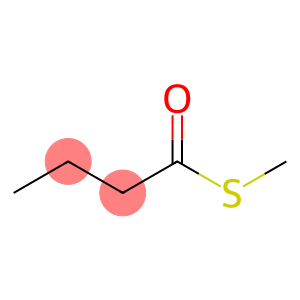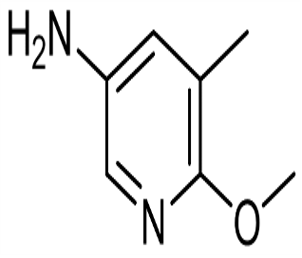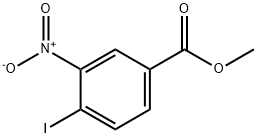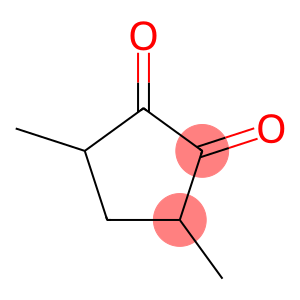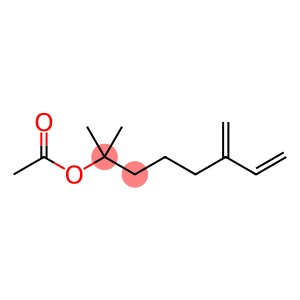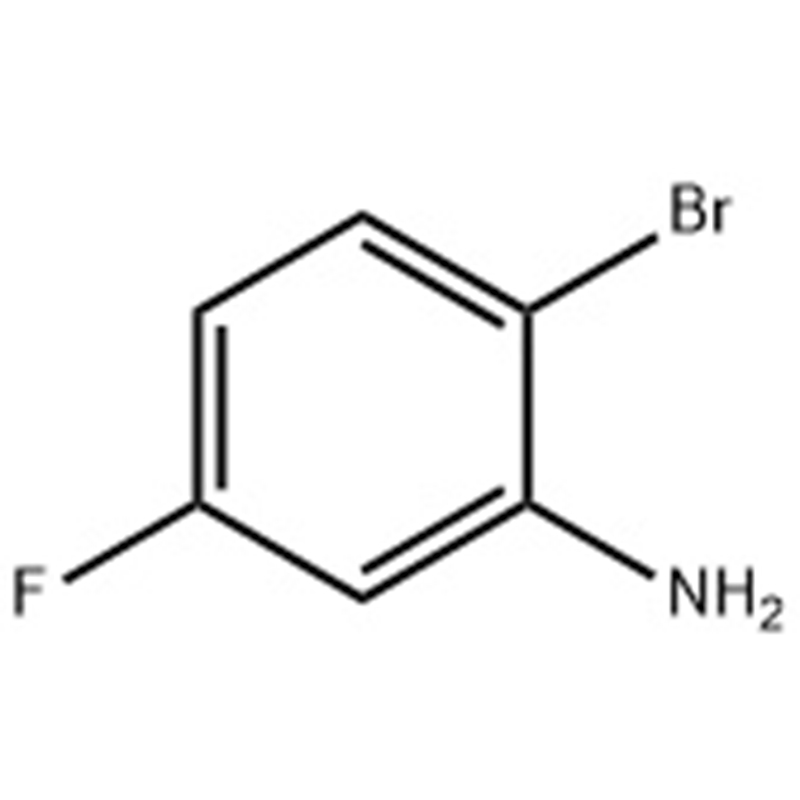Methyl thiobutyrate(CAS#2432-51-1)
| Hazard Symbols | Xi – Irritant |
| Risk Codes | R10 – Flammable R36/37/38 – Irritating to eyes, respiratory system and skin. |
| Safety Description | S16 – Keep away from sources of ignition. S26 – In case of contact with eyes, rinse immediately with plenty of water and seek medical advice. S36/37/39 – Wear suitable protective clothing, gloves and eye/face protection. S37/39 – Wear suitable gloves and eye/face protection |
| UN IDs | UN 1993 3/PG 3 |
| WGK Germany | 3 |
| TSCA | Yes |
| HS Code | 29309090 |
| Hazard Class | 3 |
| Packing Group | III |
Introduction
Methyl thiobutyrate. The following is an introduction to the properties, uses, preparation methods and safety information of methyl thiobutyrate:
1. Nature:
Methyl thiobutyrate is a colorless liquid with a strong unpleasant odor. It can be soluble in alcohols, ethers, hydrocarbons, and some organic solvents.
2. Usage:
Methyl thiobutyrate is mainly used as an ingredient in pesticides and insecticides, especially in the control of pests such as ants, mosquitoes and garlic maggots. It can also be used as an intermediate in organic synthesis for the synthesis of other compounds.
3. Method:
The preparation of methyl thiobutyrate is usually obtained by the reaction of sodium thiosulfate with bromobutane. The specific preparation method is as follows:
Sodium thiosulfate is reacted with bromobutane under alkaline conditions to produce sodium thiobutyl sulfate. Then, in the presence of methanol, the reflux reaction is heated to esterify sodium thiobutyl sulfate with methanol to generate methyl thiobutyrate.
4. Safety Information:
Methyl thiobutyrate has a high toxicity. It can be harmful to the human body and the environment. Exposure to methyl thiobutyrate may cause skin irritation, eye irritation, and respiratory irritation. At high concentrations, it is also flammable and explosive. When using methyl thiobutyrate, personal protective measures should be strengthened, contact with skin and eyes should be avoided, and use in a well-ventilated area should be ensured. In addition, the relevant safety handling guidelines and regulations should be followed for proper handling and storage of the compound. If any symptoms of poisoning occur, seek medical attention immediately.


